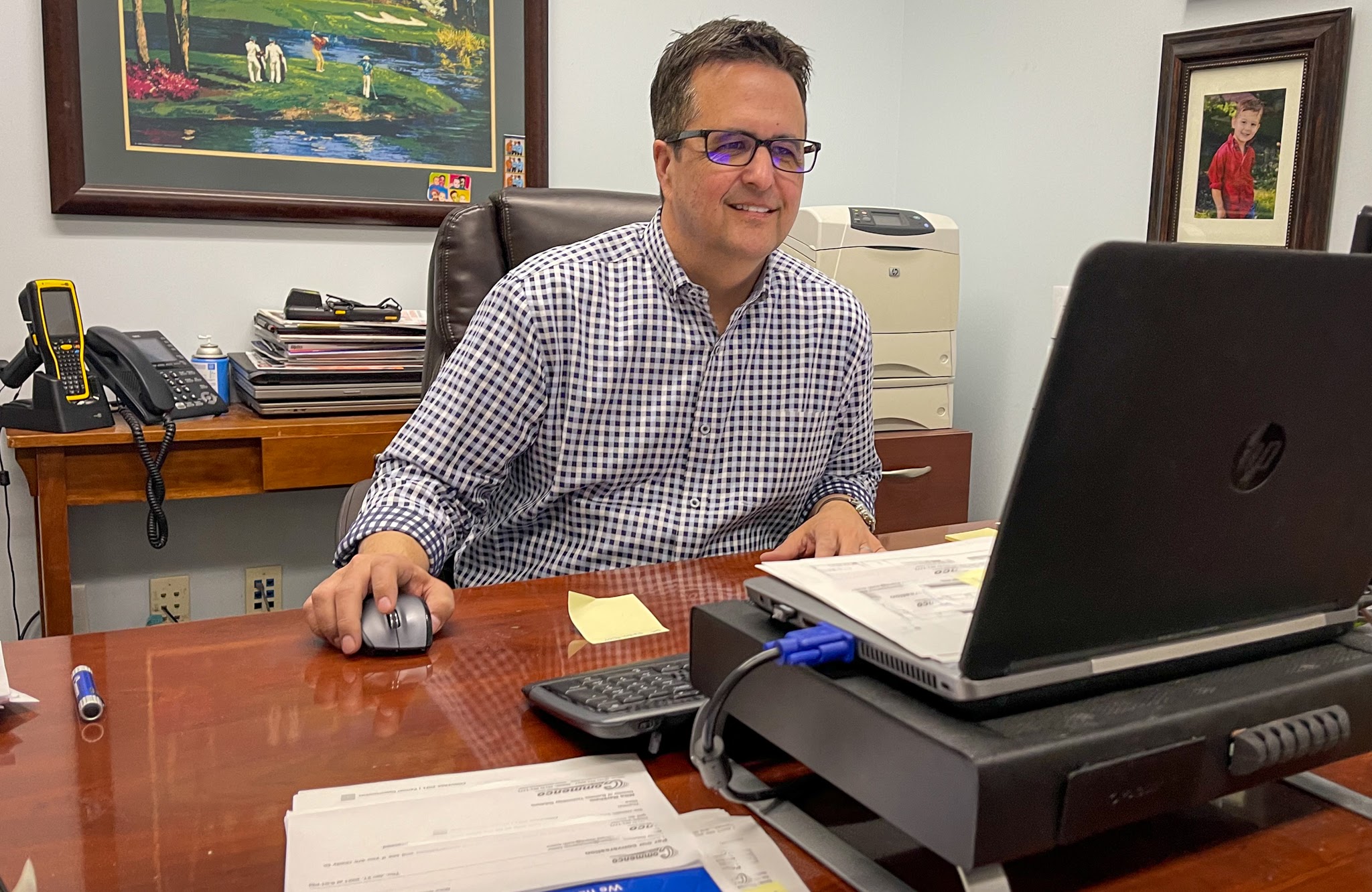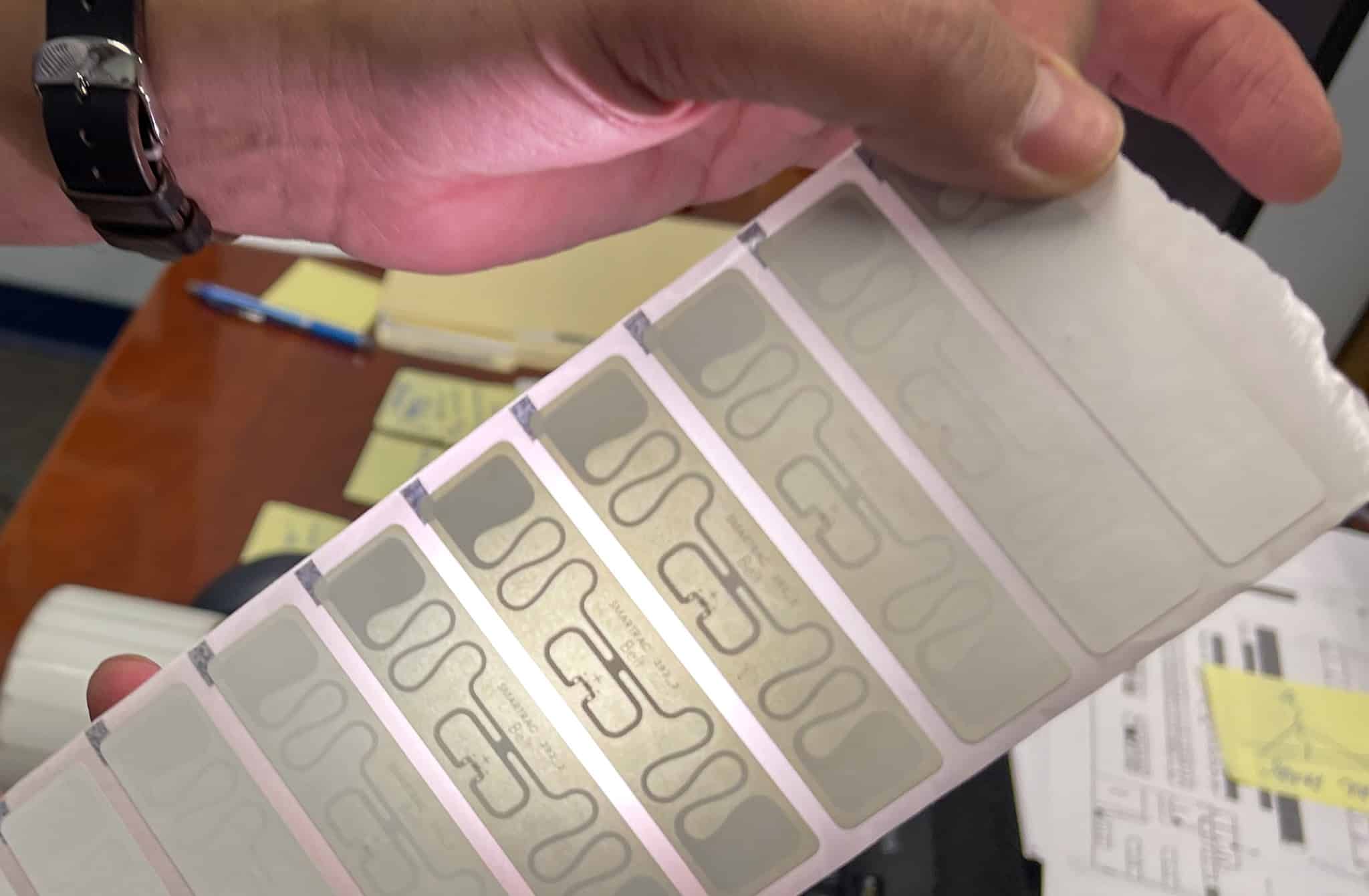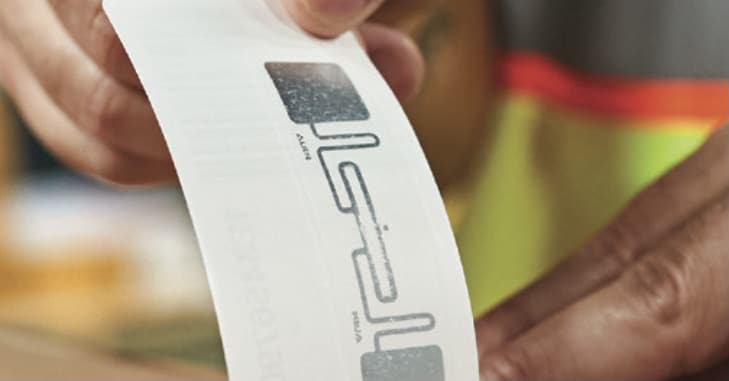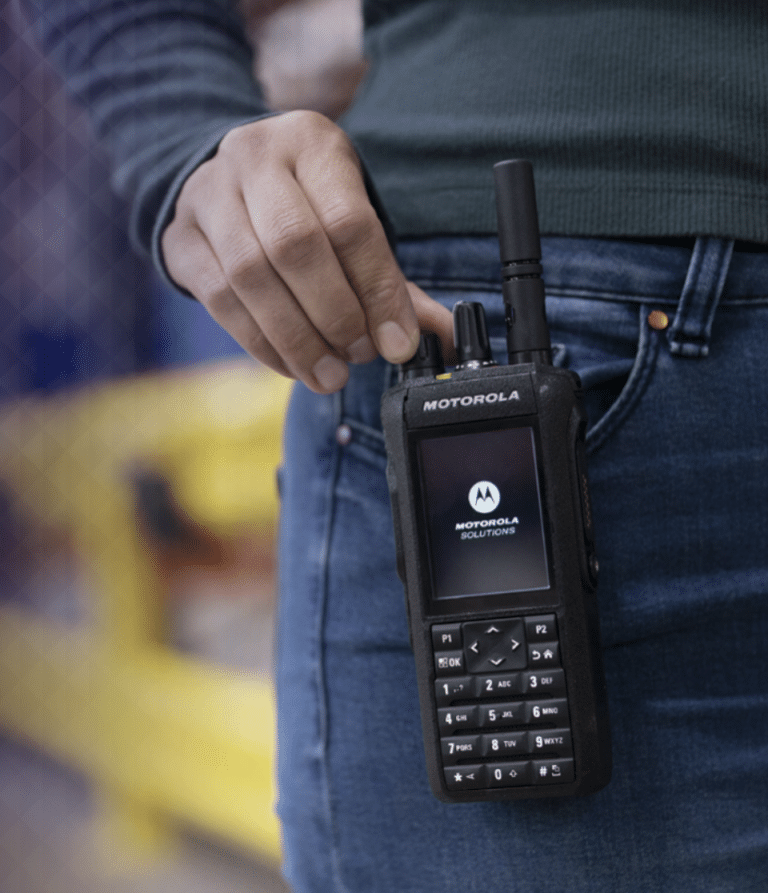Should you implement Radio Frequency Identification (RFID)? It has the potential to change your asset management and tracking game, and help you do business substantially better. But before you wing it with your own gut instincts, consider a more strategic approach. Here’s why partnering with a technology expert is the only way to go.
An Experienced Eye for Big Picture Evaluation.
Adopting RFID should begin with this question: is the technology a good fit for your operation? Can you clearly see an opportunity? Maybe, but usually, a big picture evaluation requires some outside perspective.
“You want to look at how you’re working currently and then imagine a better way,” says Mike Markham, Commenco’s Director of Technology Solutions. “That’s not always easy to do alone inside your bubble. Many businesses really get stuck in the same old ways of doing things and it’s hard to think differently. That’s where we can jump in and help.”
Our Commenco team is constantly analyzing customer operations to see what can be done better and how technology can improve systems and processes. Our customers’ world is different. They’re head down inside their business, focused on getting things done with little extra time for broad analysis. It’s easier for us to come in from the outside and help them step back to look at their operations in a different way.
“It’s what we do,” says Markham. “We’ve seen so much that gives us a sharper eye for uncovering opportunities. We know what will work and what won’t. What’s a waste of money and what’s a smart investment.”

Automation is at the core of RFID’s benefits. Not every business is a good candidate for automating item tracking and management. But those businesses that do fall into the strike zone are quick to respond to Markham’s encouragement.
“If you can benefit from automation, and if there’s an opportunity to collect more useful information that can help strengthen and streamline productivity, then RFID offers exciting potential. It really depends on the particulars of your business.”
You don’t want to throw money at RFID equipment you don’t need but you also don’t want to underestimate your needs either. An expert partner can help you examine the possibilities realistically. If there’s definite potential, your exploration then shifts to configuring the best way to apply the technology to your specific situation as a solution.
Commenco has worked with countless businesses of all sizes and a wide range of purposes. Markham has seen all the usual go-it-alone technology mistakes and has been called in to straighten them out. He’s also worked closely with customers to introduce RFID the right way, carefully shaping solutions involving factors he often brings to light for the first time. It takes a consultant with a background in RFID’s evolution, and experience applying it in different ways, to bring truly valuable opportunities into focus.
“Whether you’re managing tools, supplies, inventory or even people, there are many pieces of the puzzle to consider and weigh in a move toward RFID integration.”

A Realist About Feasibility.
If your operation turns out to be a good candidate for RFID’s benefits, then the next question is whether it’s cost-effective. Regardless of RFID’s potential, when you get right down to it, the solution must be feasible. A knowledgeable partner can help you get down to brass tacks quickly before you pull the trigger on an investment.
“What’s the cost of implementing RFID at the level you want to track and manage?” says Markham, laying out the key equation. “A big part of Commenco’s value as a partner is making sure you’re getting what you need in the long run in consideration of budget realities and your RFID investment. We’ll do ROI calculations to crunch those numbers and help you make a cost-effective decision. If the numbers don’t work, we’ll be the first to warn you.”
The cost of RFID hardware that fits your operation is an important budget number, of course. But if you’re going it alone, you may not realize that you need to factor in ongoing costs as well. Markham says that’s a common and critical mistake. Businesses plunge into an RFID investment and then discover it’s more expensive than they anticipated.
RFID tags, which are the labels on items your RFID hardware reads, will be your main continuing expense. And you can’t just grab RFID tags off the shelf. You need to do your homework. Choose the wrong tags and they won’t work correctly, and switching to the right tags may cost more than your budget allows.

“Figuring out what kind of tags you need can get complicated. Different work environments and purposes require different kinds of tags,” explains Markham. “The more specialized the tag materials and the more specialized the information packed into them, the higher the cost. RFID tags can range from ten cents to twenty dollars. You might be willing to pay twenty bucks to track and manage a jet engine, but probably not a box of cookies.”
The Shortest Path to a Solid Solution.
RFID technology is exciting. Don’t be intimidated. The potential for a productivity level-leap can mean getting more work done and pulling in more revenue. However, RFID is a highly specialized technology. The quickest way to determine whether it’s right for your business and how to implement it is by working with an expert. Your risks of making expensive mistakes will plummet and your odds of successfully establishing a long-term automated workhorse will rise along with your productivity.






